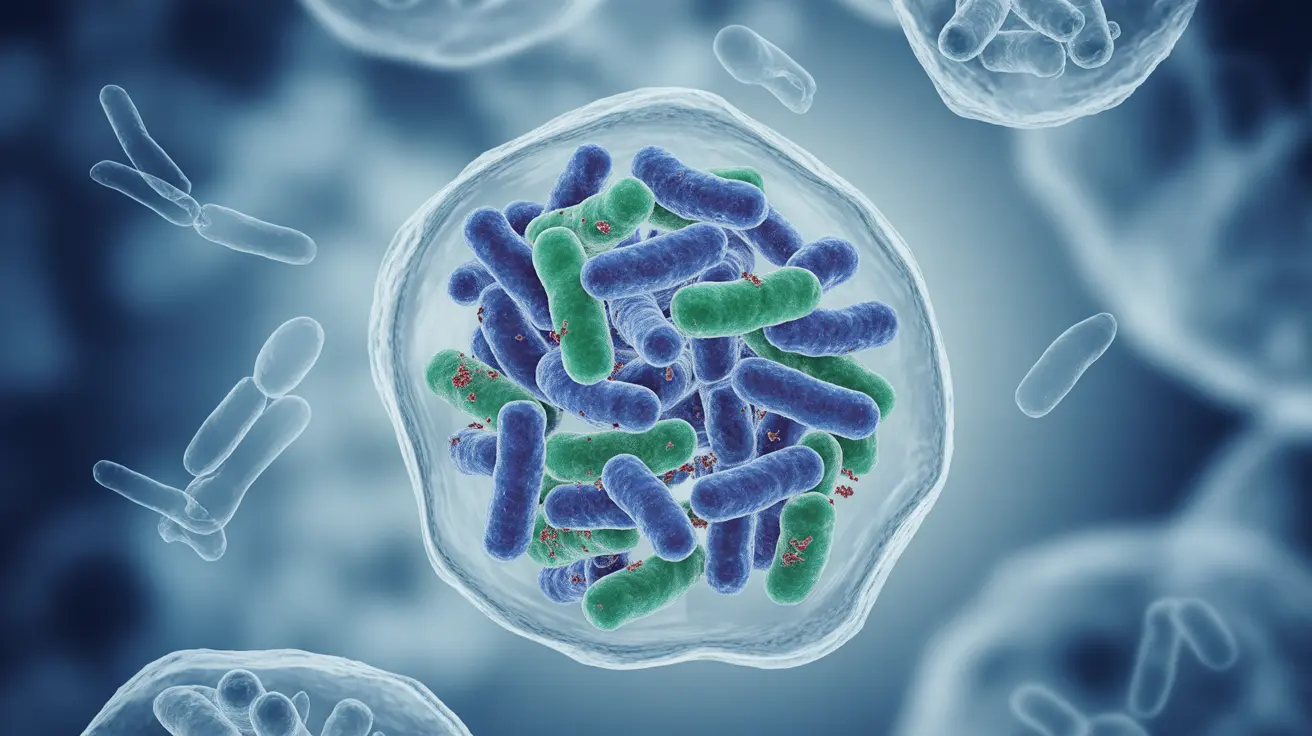The widespread use of antibiotics in livestock farming has become a growing concern for public health experts and consumers alike. Understanding why it's potentially harmful to eat meat containing antibiotics is crucial for making informed decisions about your food choices and protecting your health.
While antibiotics play a vital role in treating sick animals and maintaining livestock health, their routine use in meat production has led to serious public health concerns, particularly regarding antibiotic resistance and potential direct health impacts on consumers.
Understanding Antibiotics in Meat Production
Antibiotics are commonly used in livestock farming for two main purposes: treating sick animals and promoting growth. While treating illness is necessary, the practice of using antibiotics for growth promotion has raised significant concerns among health professionals and regulatory bodies.
Many farmers have historically used antibiotics to help animals grow faster and prevent disease in crowded conditions. However, this practice can lead to antibiotic residues remaining in meat products that reach consumers' plates.
The Impact on Human Health
Antibiotic Resistance Development
One of the most significant concerns about antibiotics in meat is their contribution to antibiotic resistance. When bacteria are repeatedly exposed to antibiotics, they can develop resistance mechanisms, making these medications less effective when needed to treat human infections.
This resistance can transfer from animals to humans through various pathways, including:
- Direct contact with contaminated meat
- Environmental exposure through soil and water
- Consumption of meat containing antibiotic-resistant bacteria
Direct Health Effects
Beyond antibiotic resistance, consuming meat containing antibiotic residues may pose additional health risks:
- Allergic reactions in sensitive individuals
- Disruption of natural gut bacteria
- Potential hormonal effects
- Increased risk of certain infections
Regulatory Controls and Safety Measures
The food industry and government agencies have implemented various measures to protect consumers from excessive antibiotic exposure through meat consumption. These include:
- Mandatory withdrawal periods before slaughter
- Regular testing of meat products
- Restrictions on certain types of antibiotics
- Monitoring programs for residue levels
Making Informed Consumer Choices
Consumers can take several steps to reduce their exposure to antibiotics in meat:
- Choose organic or antibiotic-free certified products
- Look for labels indicating "no antibiotics ever" or similar claims
- Purchase from producers who practice responsible antibiotic use
- Consider reducing overall meat consumption
Frequently Asked Questions
Why is it harmful to eat meat that contains antibiotics?
Eating meat containing antibiotics can contribute to antibiotic resistance in humans and may cause direct health effects such as allergic reactions, gut microbiome disruption, and potential hormonal impacts. Regular exposure to low levels of antibiotics through food can make it harder for your body to fight infections when you need antibiotics for medical treatment.
How do antibiotics in meat contribute to antibiotic-resistant infections in humans?
When animals receive regular doses of antibiotics, bacteria in their systems can develop resistance mechanisms. These resistant bacteria can then transfer to humans through meat consumption or environmental exposure, potentially causing infections that are difficult to treat with standard antibiotics.
What health risks can come from antibiotic residues in meat besides resistance?
Beyond antibiotic resistance, residues can cause allergic reactions, disrupt beneficial gut bacteria, potentially affect hormone balance, and may increase susceptibility to certain infections. Some individuals may be particularly sensitive to these residues.
How can I tell if meat contains unsafe levels of antibiotics?
While it's impossible to visually detect antibiotic residues, you can look for certified organic labels, "no antibiotics ever" claims, or other third-party certifications. These products undergo regular testing and must meet strict standards regarding antibiotic use.
What steps are taken to prevent antibiotic residues in meat from reaching consumers?
The industry employs multiple safeguards, including mandatory withdrawal periods before slaughter, regular testing of meat products, strict regulations on antibiotic use, and ongoing monitoring programs. Government agencies enforce these measures to ensure meat products meet safety standards.




